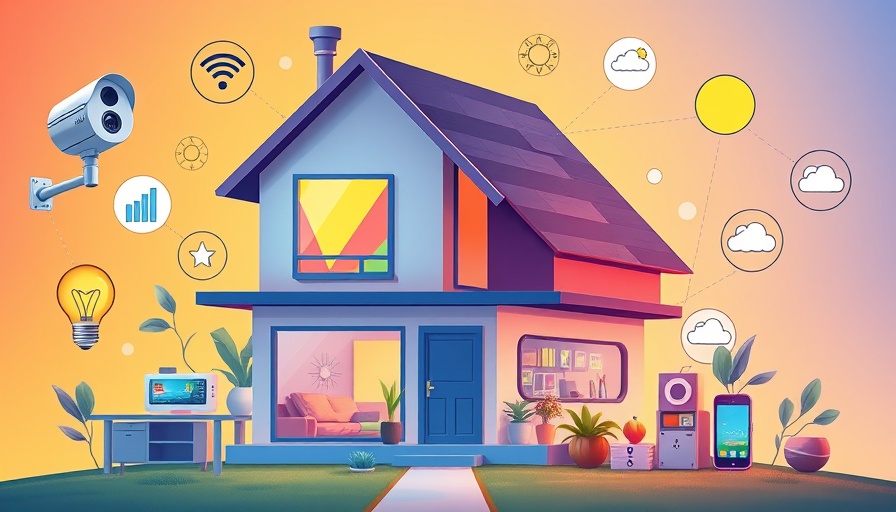
Preparing Your Smart Home for Changing Seasons
The transition from summer to fall—and then from fall to winter—can catch many homeowners off guard. One moment, you're soaking in the long daylight, and the next, you're adjusting to shorter days and dropping temperatures. This seasonal shift serves as an ideal opportunity to enhance your smart home routines, ensuring your living space remains comfortable, energy-efficient, and secure.
Why Smart Home Automation Matters
Smart home technology is at its most useful during pivotal seasonal changes. It's not just about convenience; it’s about creating a living environment that adapts to your needs. Automations can seamlessly adjust to the changing light and temperature, making home life more comfortable. Here are some pivotal routines to consider as the seasons change.
Make Lighting Adjustments for Earlier Sunsets
With the days getting shorter, smart lighting can help bridge the gap as the sun sets earlier. Automate your outdoor lights to turn on shortly before sunset, rather than at a fixed time. Most home automation systems, including Home Assistant, Amazon’s Alexa, and Google Home, allow you to set these sunset-based triggers.
Additionally, consider creating indoor lighting scenes that gradually brighten as it gets darker outside. This technique helps ease the transition from outdoor brightness to indoor darkness, reducing the jarring experience of stepping into a dimly lit house.
Optimize Your Thermostat for Cooler Weather
While smart thermostats effectively manage indoor temperature throughout the year, seasonal changes demand some fine-tuning. As nighttime temperatures drop, establishing routines to lower your thermostat while you sleep or are away from home can result in substantial energy savings. For example, warming up your bedrooms thirty minutes before waking and allowing temperatures to dip during the night maintains both comfort and energy efficiency.
A sophisticated home automation system can connect to various triggers like outside temperature or room occupancy, allowing for expanded control over your heating needs.
Smart Fireplace and Space Heater Controls
As the chill of winter sets in, your fireplace or space heater becomes essential for comfort. Smart home systems can periodize fire and heater usage, contributing to energy efficiency and safety. Using a Shelly relay, for instance, allows you to control your gas fireplace via automation. This means you can set it to turn on in conjunction with your bedtime routine or based on specific temperature thresholds.
If you're utilizing space heaters, ensure you're using smart plugs designed for higher wattage and set up automations that restrict usage based on temperature or occupancy. Such precautions safeguard against electrical hazards while maximizing comfort.
Preparing for Power Outages
As the colder months approach, the likelihood of severe weather increases, heightening the risk of power outages. Smart home systems can assist in preparedness by automating certain functions—like turning on battery-powered backup lights or setting up alerts to keep you informed of rising temperatures or notifications from your smart devices.
Consider researching additional automation options that can help your home react better in emergency situations, ensuring that comfort and safety are maintained even during unexpected outages.
Final Thoughts on Seasonal Smart Home Routines
As the weather transitions, implementing these smart home routines can greatly enhance your comfort and efficiency. Whether you’re adjusting your lighting, optimizing your thermostat, or automating fireplace controls, these changes can make a significant difference in your everyday life, not to mention the safety and convenience they provide.
Now is a great time to evaluate how technology can make your home smarter and more responsive to seasonal changes. Take a moment to reflect on these adjustments and consider how your own home can benefit from a bit of seasonal TLC.
 Add Row
Add Row  Add
Add 




Write A Comment